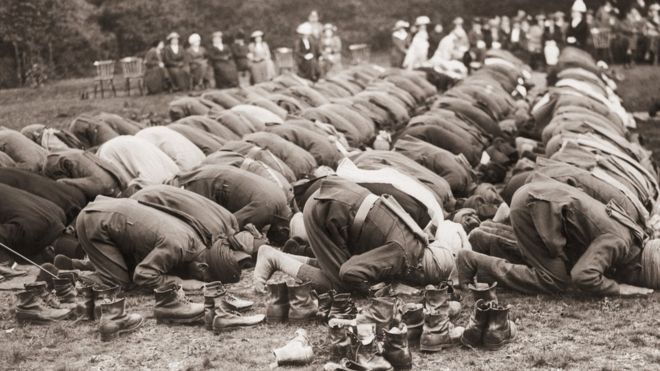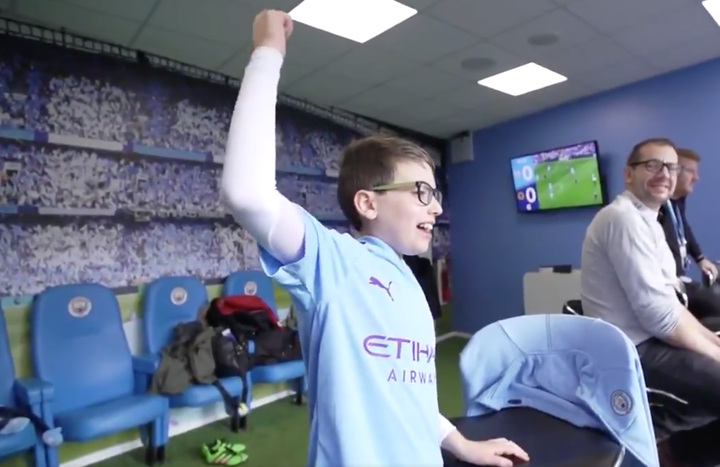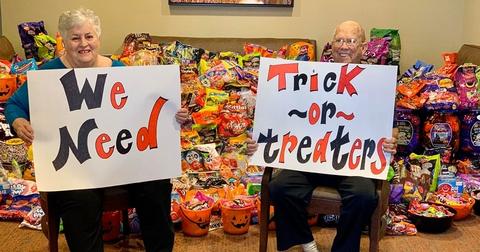
https://crafty.diply.com/29203/woman-creates-a-doll-like-me-for-children-who-have-disabilities?fbclid=IwAR1RWhYVcpOrEHX7KfFDOhxj1OTL7-_4OuCBlS4ivMylpi4XTq6me4hQlHc
A doll maker has started making dolls that look different, for children who also look different. The doll maker works in a hospital with children who have cancer and uses dolls in her work with the children. But she noticed that the dolls had thick hair and looked healthy, in comparison to many of the children she was working with.
The doll maker wants children to understand they are beautiful, but she feels it is difficult to make a child understand they are beautiful when "they can't see themselves in anything that's supposed to look like them."
She raised money to fund her dolls and she has been inundated with requests from parents who want their children to have dolls that look like them. The story went viral and lots of messages of support came in. One person on twitter wrote, "It allows the children to realise it's ok to be different."
what do you see in the picture?
what do you notice about the children and their dolls?
why do you think the dolls look different?
explain the story
- what is a doll for?
- why do children like playing with dolls?
- why do you think this doll maker decided to make dolls that looked different?
- look at the faces of the children in the picture, how do you think they feel about their dolls?
- why do you think the children love their new dolls?
- why is the doll maker trying to make children who look different understand they are beautiful?
- "thy can't see themselves in anything that's supposed to look like them" what does this mean? How do we fix this?
- what can we learn from the doll maker?
- why is this story about No Outsiders?
No Outsiders in our school: Teaching the equality act in primary schools by Andrew Moffat
Recalaiming radical ideas in schools: preparing young children for life in modern Britain by Andrew Moffat




